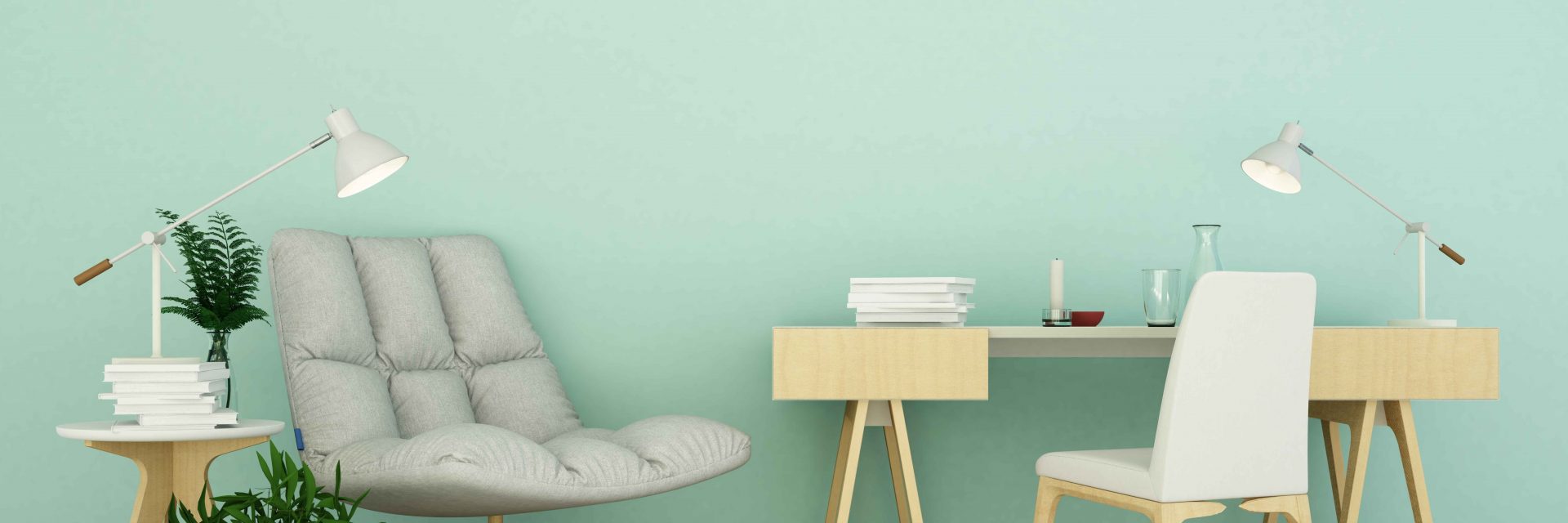Methodical Guide To Establishing Your Walls For Repainting
Methodical Guide To Establishing Your Walls For Repainting
Blog Article
Web Content Produce By-Mathiasen Pacheco
When you're prepping your walls for painting, it's important to follow a systematic procedure to make sure a flawless surface. Beginning by analyzing the wall surface for any damages; this action can make or damage your project. Once you have actually determined any issues, cleaning up the surface area appropriately is essential, as an unclean wall surface can influence paint adhesion. Afterwards, you'll need to spot any imperfections and apply a guide. But there are specific techniques and pointers that can elevate your prep work video game-- let's check out those more to attain the best results.
Assessing Wall Surface Condition
Before you grab your paintbrush, take a minute to analyze your walls' condition. Check for any type of noticeable damages like splits, openings, or peeling paint. These blemishes can affect just how the paint sticks and looks once it's completely dry. If you notice any type of significant damages, you'll need to focus on repairs prior to diving into painting.
Look very closely at the structure of your walls. Is the surface area smooth, or exists structure that might call for special factor to consider? Smooth wall surfaces generally require much less prep, while textured surface areas might require more time to paint equally.
Also, take into consideration the previous paint work. If the old paint is shiny, it mightn't allow new paint to stick effectively. You'll want to know if your wall surfaces have actually been painted with oil-based or water-based paint, as this can affect your selection of primer or paint.
Ultimately, keep in mind of any moisture concerns. If you see indicators of water damage or mold and mildew, address these issues quickly to prevent additional problems.
Cleansing the Surface area
When you've examined the problem of your wall surfaces, the next step is cleansing the surface. Begin by gathering your materials: a bucket, warm water, a light cleaning agent, a sponge or towel, and a scrub brush for harder places.
Begin at the top edge of the wall and work your means down. Mix the detergent with cozy water in your bucket, after that dip the sponge or towel right into the remedy. Wring it bent on avoid too much wetness on the wall surfaces.
As you cleanse, pay close attention to areas that might've gathered dust, oil, or finger prints. For stubborn stains, utilize the scrub brush delicately to stay clear of harming the paint under. Rinse your sponge or towel often in tidy water to stop spreading out dust around.
After cleansing, it's necessary to wipe the wall surfaces with a moist fabric to remove any type of soap residue. This step ensures a smooth surface for the brand-new paint to follow.
Enable the walls to completely dry totally prior to moving on to the next prep work steps. This detailed cleansing procedure will assist produce a fresh canvas for your painting job, making sure the best outcomes.
Patching and Priming
Patching and priming are critical action in preparing your walls for a fresh layer of paint. Initially, evaluate your wall surfaces for any openings, cracks, or imperfections. Make use of a high-grade spackling compound or patching paste to fill up these locations.
Use grotto portland with a putty blade, smoothing it out so it's flush with the surrounding surface. Permit it to completely dry entirely, and after that sand it lightly until it's smooth and even.
When you've patched every little thing, it's time to prime. Guide helps seal the patched areas, ensuring the paint sticks effectively and offers a consistent surface. Select a guide ideal for your wall type and the paint you'll be utilizing.
Use the primer making use of a roller for bigger areas and a brush for corners and sides. If http://www.prweb.com/releases/professionalpaintingtips/ebook/prweb11596731.htm covered locations are substantially large or porous, you could wish to use a second coat of primer after the initial one dries out.
After priming, allowed everything completely dry thoroughly prior to proceeding to paint. This prep work won't just enhance the look of your wall surfaces but likewise extend the life of your paint job.
Take your time, and you'll be pleased with the outcomes.
Verdict
By complying with these simple actions, you can achieve a smooth and specialist surface on your wall surfaces. Beginning by analyzing their condition, after that clean and patch any kind of imperfections before applying primer. Keep in mind to permit ample drying out time and make certain everything is smooth prior to you study painting. With the right preparation, you'll set the stage for a lovely improvement in your space. Now, collect your materials, breathe in the fresh air, and prepare to paint!
